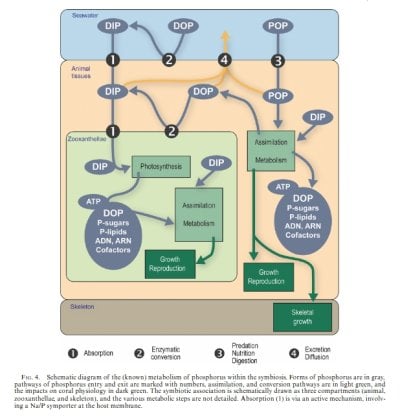Nice! The nitrogen’s not showing were confusing me.
. This is caffeine, for those interested;

agreed. We thought about using the proper formula on the image, however it didn’t translate well on smaller images. Plus more letters = more $
Follow along with the video below to see how to install our site as a web app on your home screen.
Note: This feature may not be available in some browsers.
Nice! The nitrogen’s not showing were confusing me.
. This is caffeine, for those interested;

To speculate on this point even more. The question has been raised " Why are we successful with some Goniopora now, and we weren't in the past." I wouldn't be surprised if the collective hobby found individual specimens that were well suited for our reef tanks and spread those genetics through the world. I still have clients that buy wild and maricultured Goniopora and their fate is usually 2-6 months. Dying right along side healthy aquacultured specimens that have amazing growth rates.My personal hunch is that the hobby has selected for those strains of corals that are better at getting what they need from light and inorganics in the water, and we mostly killed off a bunch of types that were more dependent on planktonic cells for nutrition.








Thank you for sharing. Everything looks happy and healthy. How long have you had the Moorish Idol?I run the Triton system on my tanks and do not do water changes. Tank 1 has been up and running 4+ years and tank 2 just a little over 2. I dose the 4 part Triton daily--Mg, Ca, and Alk 3a and 3b--and Iodine. Weekly is Vanadium, Manganese, and Zinc and that is it. I do a Triton ICP test bi-monthly and all parameters are in range. I feed flake in the morning and frozen in the evening and Nori once or twice a week.
The parameters on each are below.
Tank 1
Alk 7.94
Ca 398
Mg 1392
Ph 8.05
Salt 35
Nitrates 1.2
Phosphates .52
Tank 2
Alk 7.8
Ca 456
Mg 1366
Ph 8
Salt 35
Nitrates 15.2
Phosphates .77
Don't really like the Nitrate and Phosphate numbers but the tanks are happy so I am not chasing them. Sorry for the blue pics but I did not have time to get the filter out.

